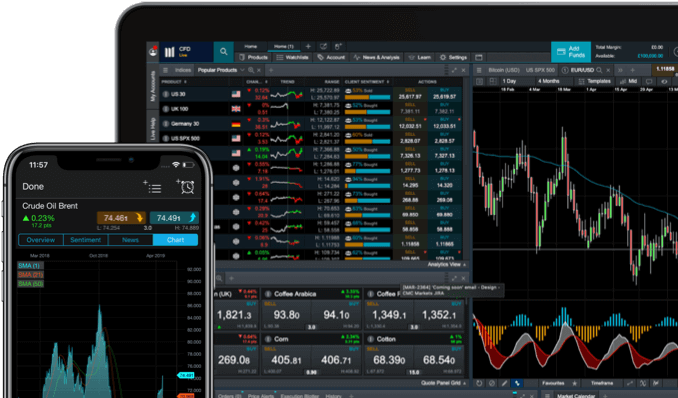A monthly inactivity charge of £10 (the amount depends on your account currency) will be deducted per dormant account where funds are available. An account is considered dormant if there are no open positions and there has been no other trading activity for a continuous period of one year.
The monthly inactivity charge of £10 (or its equivalent in another currency) will be deducted from a dormant account, usually within the first two (UK) working days of the month, until either:
- The account is closed or
- Trading activity recommences on the account; or
- The balance of the account is reduced to zero.
Once the balance of a dormant account has reduced to zero, we will not deduct further monthly inactivity charges from the dormant account. A dormant account will not incur a negative balance as a result of the deduction of the monthly inactivity charge.
If you decide to reactivate your dormant account by trading again, the inactivity charge for up to three previous months (up to a maximum of £30) where this has already been deducted will be refunded to your account.















